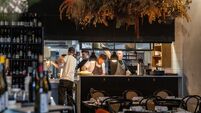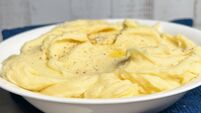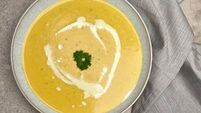I took a masterclass at Dublin's school of chocolate — here's how I made the perfect Easter Egg
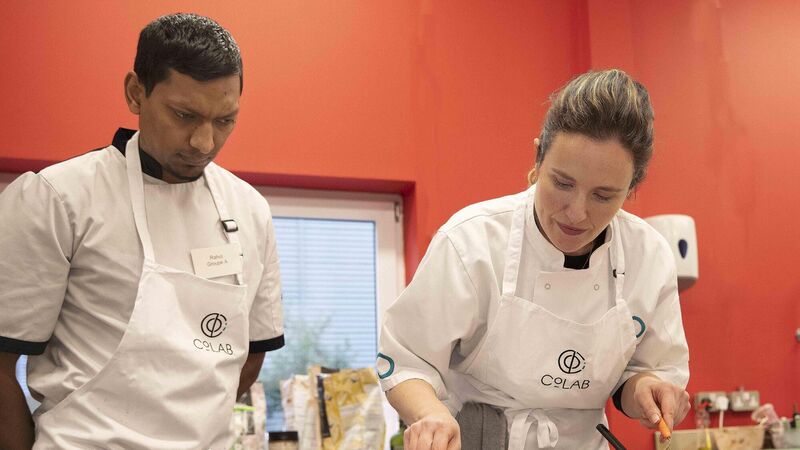
Nicola Brady tries her hand at using a dipping fork to coat the filling with chocolate uniformly and marking the top .Photograph Moya Nolan.
When I was a kid, I always fantasised about working in a chocolate factory. I dreamed of rivers of molten chocolate, giant bowls of ganache and all the leftover treats you’d get to eat straight off the conveyor belt.

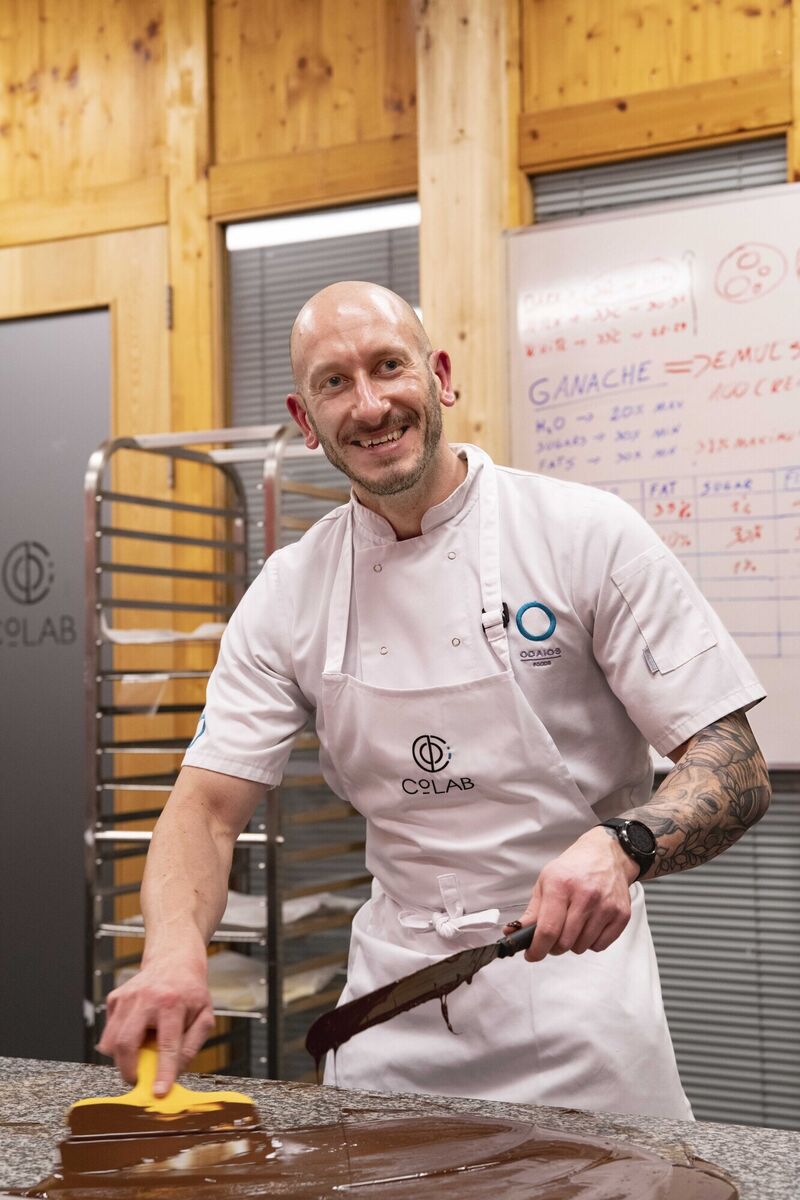
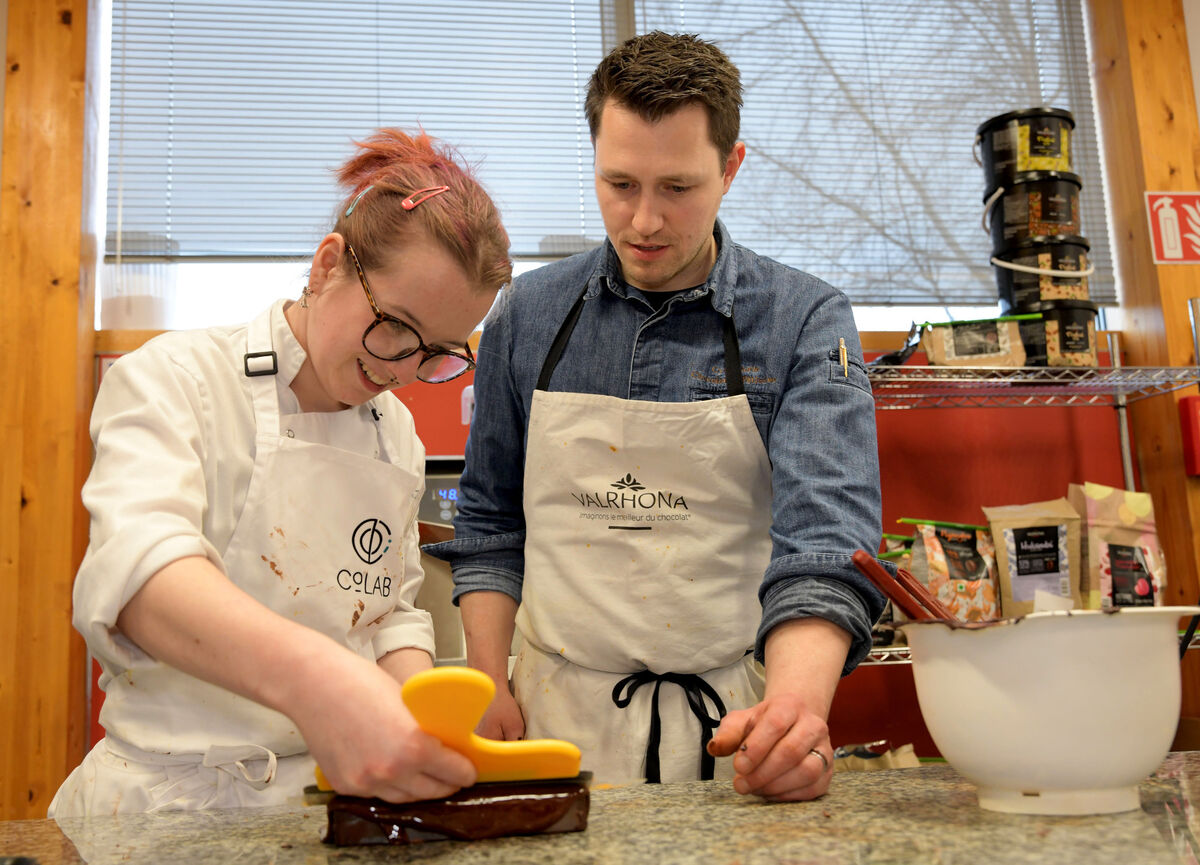
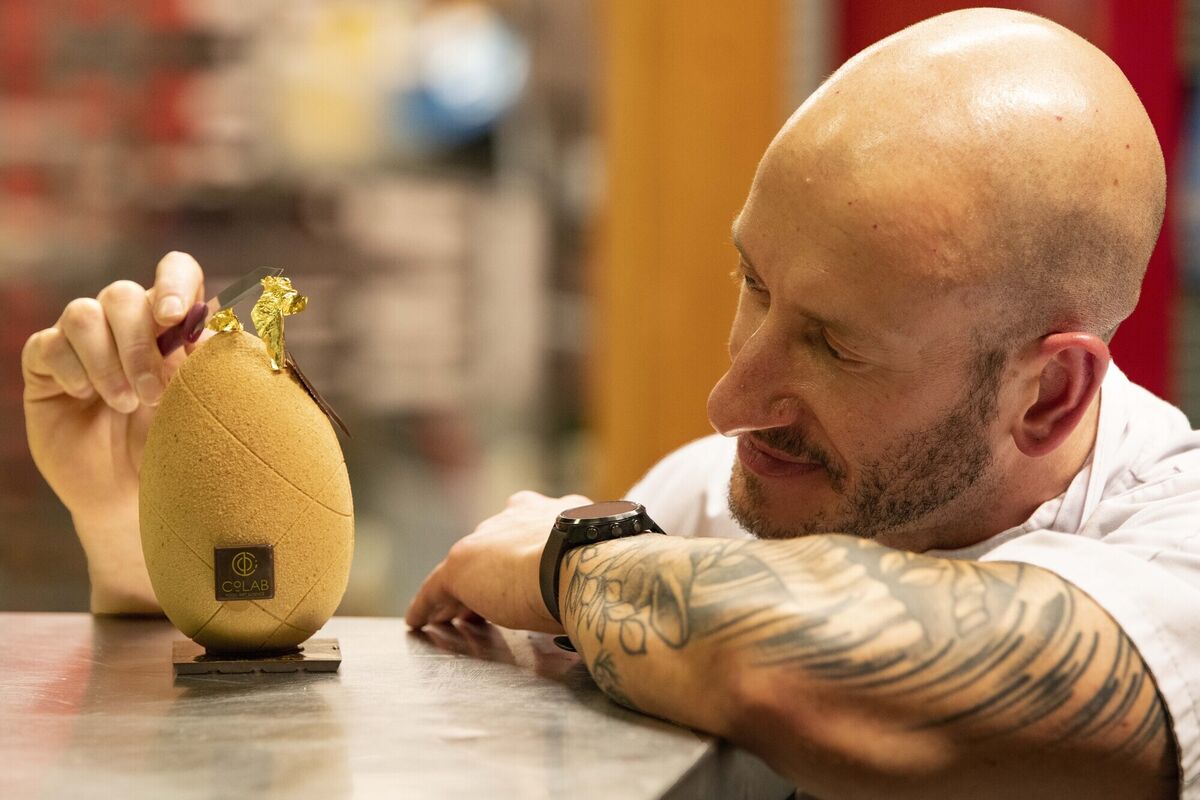
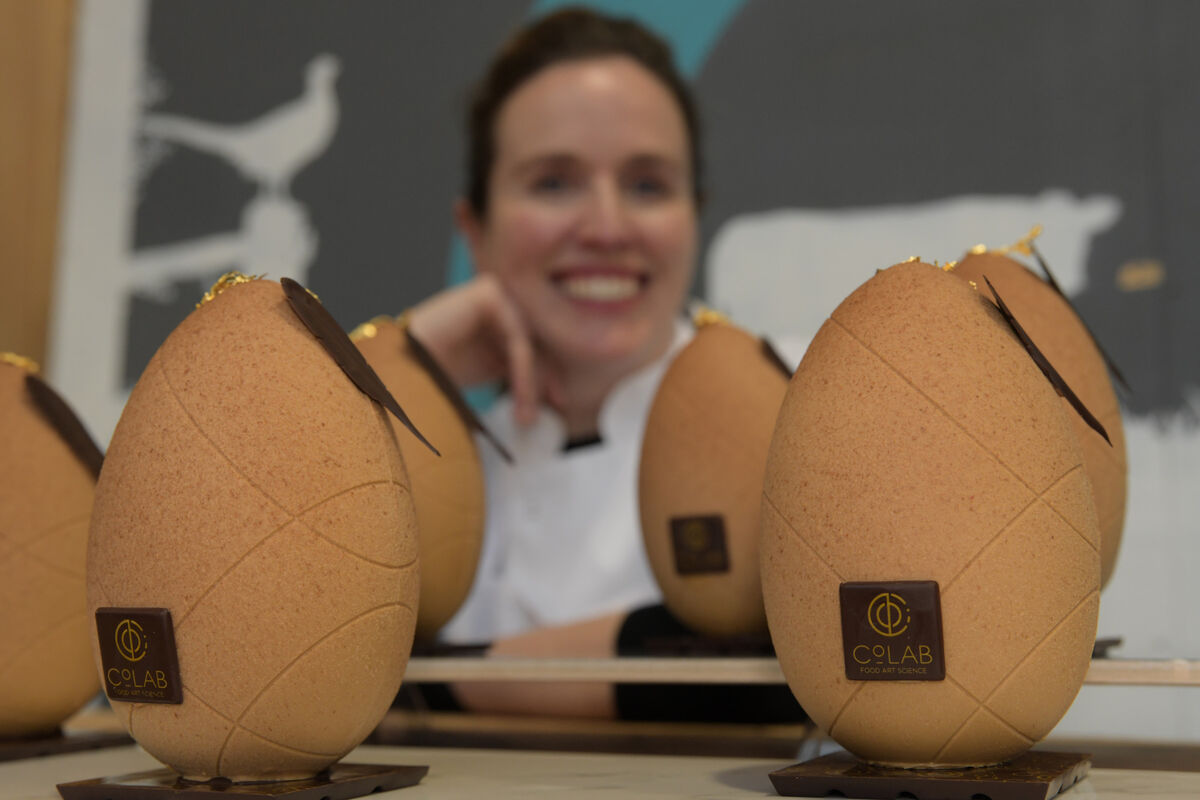

- Chocolate Masterclass, Level 1, costs €250 for the one-day workshop, including lunch and chocolates. Other Masterclasses include Patisserie Foundations, Advanced Chocolaterie and many others. co-labschool.ie



